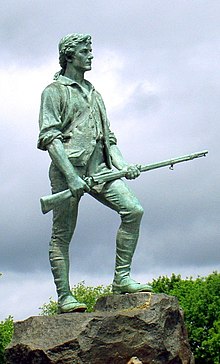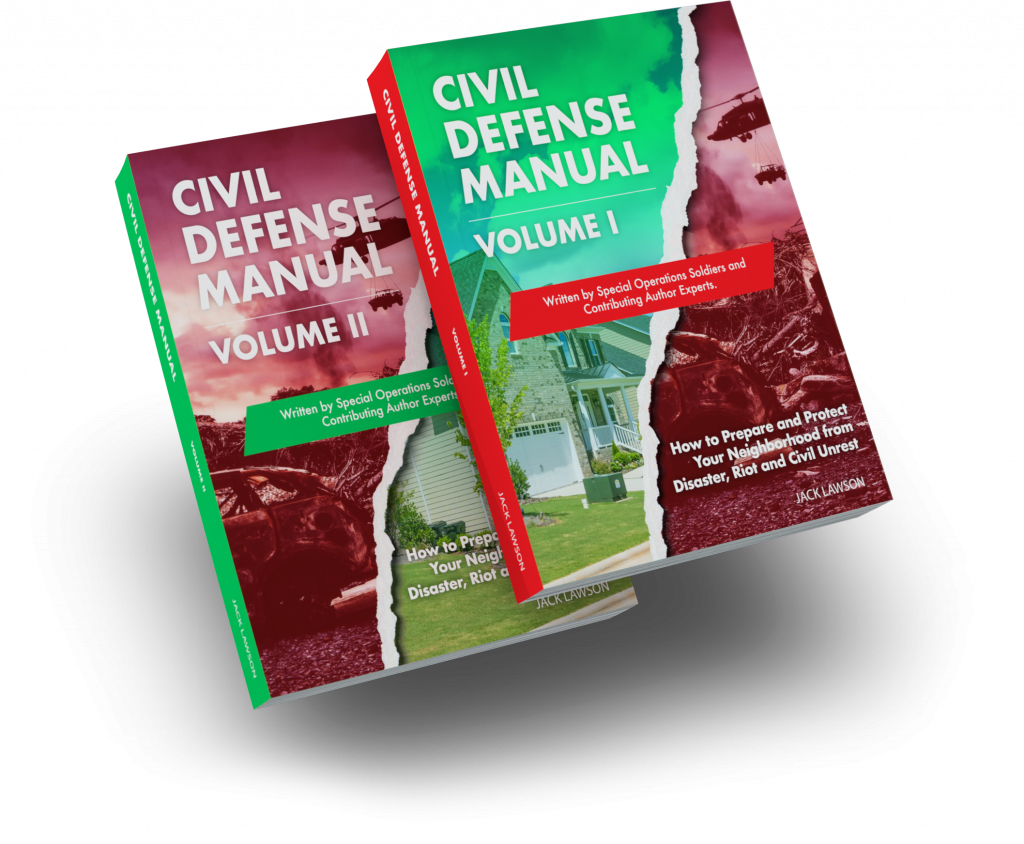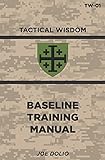
The Minuteman is someone we all learned about back in school, but how much do you really know about them and what can we apply to today? Here, we will look at the Minuteman concept and discuss how we can apply those lessons today.
The basis for the Minuteman was devised in the Massachusetts Bay Colony in 1645. The Colony required all men aged 16-60 to serve in the militia. This militia got together 2-3 times a year for training. However, the most fit and well-trained trained 3-4 times a week, to “be ready at a moment’s notice”, hence the nickname, “Minutemen”.
These men would be sent ahead to an impending battle to scout and begin sniping and ambushes to slow down an advancing enemy force. In those times, this was a completely unheard-of form of combat, and is the basis for Roger’s Rangers, later to become the 75th Ranger Regiment. It was also a highly effective way for a smaller force to demoralize and defeat a much larger and more technologically advanced opponent.
Therein lies our first pair of lessons to be learned here.
- You should train as often as possible, 2-3 times a week if you can. Training doesn’t always mean shooting. Training in patrolling, scouting, first aid, and observations skills are needed more than shooting and room-clearing.
- Train to use the tactics of attritional warfare. If a large group of looters, for example, is heading towards your area, begin sporadic ambushes and sniping attacks as early as possible, to make them reconsider the route they are taking and to demoralize them. Additionally, maintain contact with at least a scout element until they leave the area.

In 1643, the “New England Confederation” was formed. This was an agreement by four different colonies to lend mutual aid to each other and field one large force of militia when needed. This was an important first step.
At short time later, they modified this agreement (August of 1645) to establish that 30% of the joint militia forces in each area were to be designated as “short-notice” units, AKA “Minutemen”.
- Once you’ve established your own Mutual Aid Group (we don’t use that other M word that draws feds), reach out to surrounding groups and establish parameters for joint operations and mutual defense. If you defend separately, a larger force will pick you each off one at a time. A larger, joint group could defend a larger area more effectively.
- Each MAG should have its own “minuteman” type group. In the Civil Defense Manual, Jack Lawson calls these the neighborhood “Rapid Response Guardians”. Whatever you call them, your most-trained, best-equipped group should be your “problem-solving” group. They should be kept from manning fixed posts and remain free to respond to problems on your perimeter during an attack. They could also be sent out for patrols or to lend aid to a neighboring group quickly.
So far, we’ve only talked about how to apply this to your group, but the concept can also be applied to your own personal preparations.
If you’ve read my books or read this blog for very long, you’ll know that I advocate having several levels of readiness. As an example, I have my Patrol/EDC bag always stocked, always ready as my “Walk Out the Door NOW” bag, and that’s essentially my “minuteman” gear, but we can apply this to the Belt Kit as well.
In the Base Line Training Manual, I described my full-on war belt. That belt holds a sidearm and spare magazines for it, a spare rifle magazine, a radio, two canteens and cups, a bayonet/fighting knife, and a butt pack with food and shelter items/first aid kit (www.kilo5.com). It’s a big belt and there are suspenders for it. This belt would be used for patrolling, a specific mission, or defending the perimeter.
However, I also have my “Minuteman” style belt that would be my EDC belt around the bug out location, when I wasn’t outside the perimeter or on a specific mission/tasking that required the larger belt. This belt is an Exumbris Desings (www.exumbrisdesigns.com) belt and inner Velcro belt. On this outstanding and well-designed belt, I have a holster for a sidearm (www.redballoonind.com), spare sidearm magazines, a radio, handcuff/flashlight pouch, a Solatac BOK (www.solatac.com) first aid kit, and an expandable baton pouch. If I were carrying a rifle, I would add on a rifle magazine emergency reload pouch.
This smaller belt would be worn inside the perimeter in a WROL situation and for vehicle operations. The holster can be quickly switched between belts, as can the ammunition. Why is this important? Because a full war-belt is uncomfortable for vehicle ops, and this belt could be worn while riding to an objective area, then a quick belt change can happen for dismounted operations. The same can happen if wearing the ExUmbris belt inside the perimeter and an alert happens. I could grab the war-belt, run to my position, and quickly swap belts.
For current world operations, the ExUmbris belt is the one I keep fully ready and accessible in case a crisis develops quickly, or a “Minuteman” belt. It would be easier to move around in while preparing the vehicles of our group to leave the city and head to the bug out location. In the event of say a large protest, I could throw it on while the threat exists and still function.
Take the Minuteman lesson and ensure that you have at the very least, a Patrol/EDC emergency bag and some type of fast-to-throw-on belt ready at all times, in this current environment. Have your entire group keep their radios charged and set on an agreed-on frequency.
Another Minuteman lesson comes to us from the Standing Orders of Roger’s Rangers from the French & Indian War. The order states that each night Rangers will be told where to meet if surrounded by a superior force. We can apply that by having an automatic “lost communications” drill already established with our groups or families. This means that if the phones and internet go down for a specified period, the group all either monitors the same radio frequency or all meet at pre-determined location at a certain time. One person on Twitter said that his group has a plan to meet at the local library, which is a great idea.
As always, let’s check this advice against the Ultimate Tactical Handbook to make sure we’re on track. Nehemiah has the answer for us:
Neither I nor my brothers nor my men nor the guards with me took off our clothes;
each had his weapon, even when he went for water.
Nehemiah 4:23
Seems like solid advice: Always have your gear ready at a moment’s notice.
If you like our content and want to help support the site, please consider a donation.

Donation – September 2021
Donation to support website.
$5.00




Any chance you could break down and link to all the belt/pouch/etc you use for your set up? Thanks for another great article.
LikeLike
Sure. Maybe an article on that in a couple of days.
LikeLike
Joe Very good advise and i love your books. I have the two both TW1 and 2. Could not agree more with your thoughts and concerns in them. SF carry on.
ps will get your other books as they are available.
LikeLiked by 1 person
Thank you!
LikeLike
Once again demonstrating why your writing and content is at the top of this subject.
LikeLiked by 1 person
Thanks, Nick
LikeLike
Reblogged this on Muunyayo .
LikeLiked by 1 person